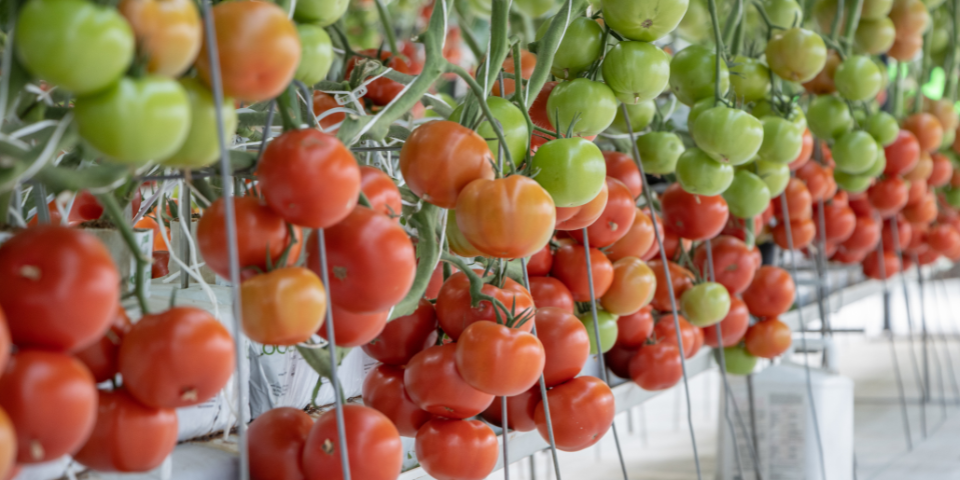
18 June 2025 News

Efforts to combat the Tomato Brown Rugose Fruit Virus (ToBRFV) are ongoing across Europe, and recent insights from the Dutch Food and Consumer Product Safety Authority (NVWA) shed light on the risks and policies inherent to a well-known strategy: cross-protection, a method akin to vaccination for plants.

Cross-protection involves using a mild strain of a virus to protect plants from more aggressive variants. This method has shown limited success for combating viruses in plants and the only products in the market are pepino mosaic virus (PepMV) vaccines. While this technique has been used in the past to control viruses to which no genetic solutions were available, the NVWA reports that its application to ToBRFV is proving particularly difficult. The main challenge lies in maintaining a stable, non-mutating mild strain. The risk of such a strain evolving into a more harmful form is significant, and as of now, no cross-protection product for ToBRFV has been authorized for use. Authorisation might be difficult, because there is an alternative for growers with ToBRFV resistant varieties. Such alternatives were not available when PepMV vaccine was developed in the Netherlands. Although research is legally permitted under specific exemptions, the NVWA emphasizes that the development and approval process is complex and fraught with scientific and regulatory hurdles.
The NVWA also warns against combining cross-protection with the use of resistant tomato varieties. In the case of ToBRFV, using both strategies simultaneously is expected to undermine the effectiveness of resistance traits. This could inadvertently accelerate the virus’s adaptation and spread, making crops more vulnerable in the long term.
Despite the challenges, research continues, which explores cross-protection among other virus management strategies. However, the NVWA stresses that, due to the high contagiousness of this virus, vaccine can easily lead to unintended infections in neighbouring crops. It also remains unclear whether variants used in a cross-protection agent cause less damage.
In the meantime, using resistant varieties and maintaining stringent hygiene protocols have proven effective in limiting the spread of ToBRFV.
Source: GFactueel – “NVWA ziet ontwikkeling crossprotectiemiddelen ToBRFV”
Read the original article (in Dutch)